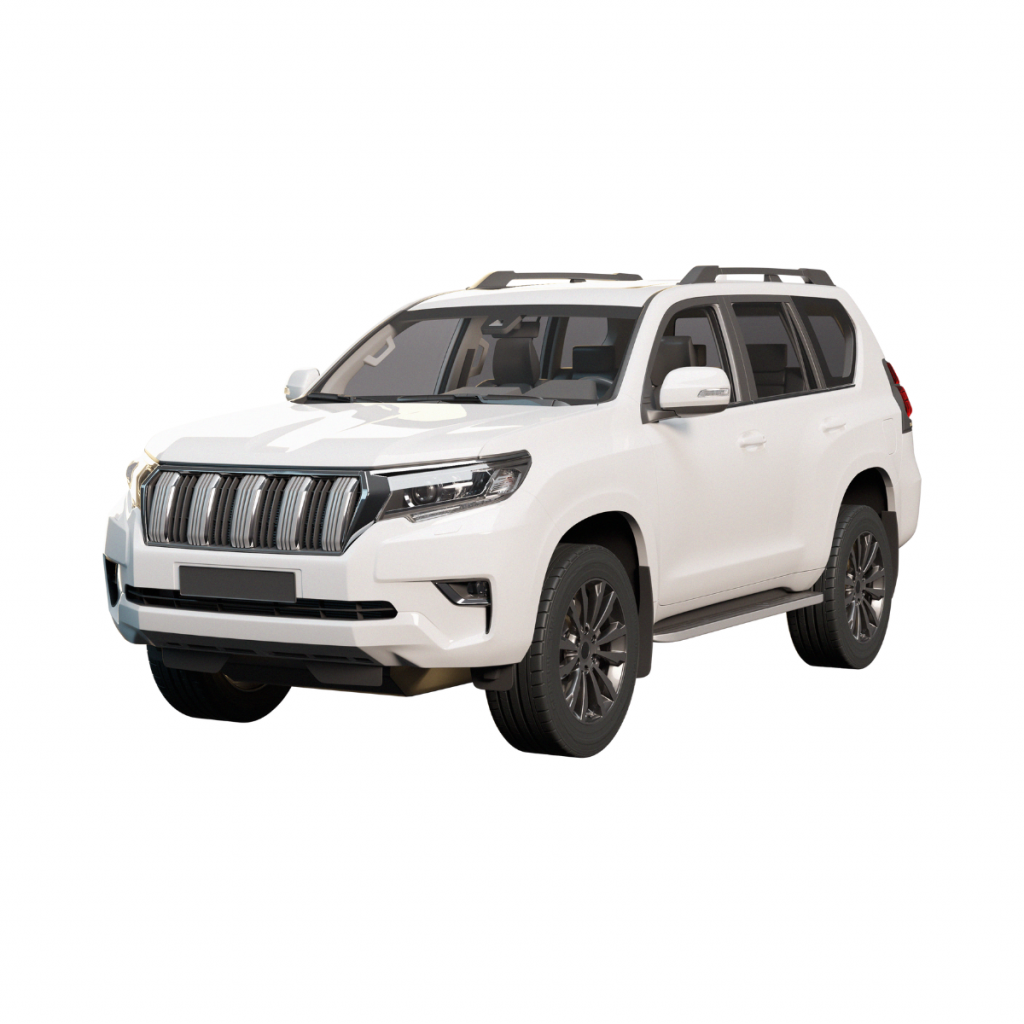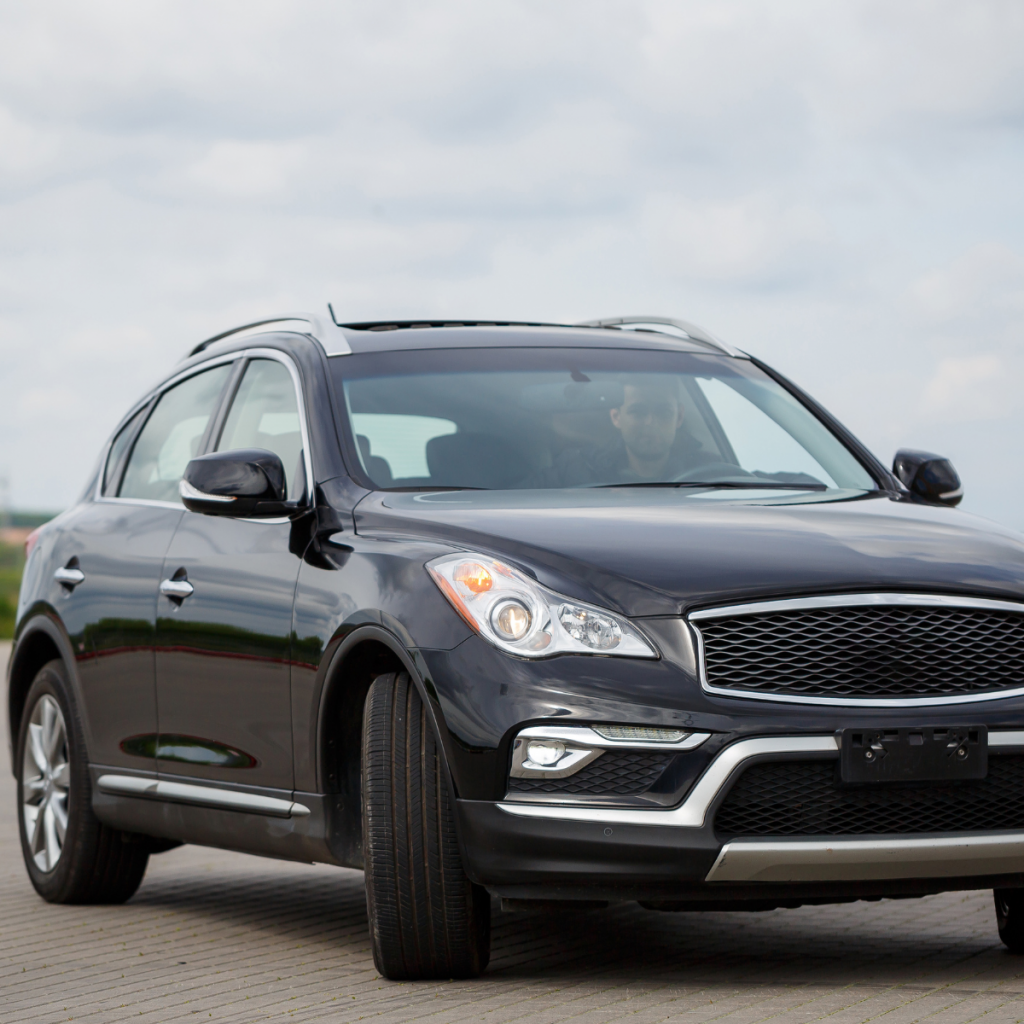The term SUV is more than just a category of vehicles; it represents a lifestyle of convenience, adventure, and capability. With their spacious interiors, rugged build, and advanced features, SUVs have become a favorite for families, outdoor enthusiasts, and urban drivers alike. From compact crossovers to full-size models, they offer unmatched versatility, combining comfort and performance to meet diverse needs. But what makes an SUV stand out from other vehicles? This comprehensive guide explores the defining characteristics, history, and reasons behind their immense popularity. Whether you’re considering buying one or simply curious about their appeal, this article dives into everything you need to know about SUVs.
The Basics: What Defines an SUV
SUV stands for Sport Utility Vehicle. These cars are designed to combine the comfort and practicality of a sedan with the power and durability of a truck. They often feature higher ground clearance, a robust suspension system, and spacious interiors. Many SUVs also come equipped with all-wheel or four-wheel drive, making them ideal for off-road adventures and challenging terrains.

Modern SUVs come in various sizes, from compact and midsize to full-size models, catering to a wide range of needs. While some prioritize luxury and technology, others focus on ruggedness and utility. Their adaptability is a significant factor in their growing popularity worldwide.
A Brief History of SUVs
The roots of SUVs trace back to the 1930s and 1940s when vehicles like the Willys Jeep were designed for military use. These rugged machines prioritized durability and off-road capabilities, characteristics that later inspired civilian models.
In the 1960s, vehicles such as the Ford Bronco and Toyota Land Cruiser emerged as early examples of SUVs tailored for personal use. By the 1980s and 1990s, the segment gained mainstream appeal, with models like the Jeep Cherokee and Toyota 4Runner becoming household names.
The 2000s saw a surge in demand for crossover SUVs, which combined the rugged features of traditional models with the driving comfort of sedans. This evolution transformed SUVs into versatile, family-friendly vehicles suitable for city and suburban environments.
Why Are SUVs So Popular?
Versatility
One of the key reasons behind the SUV’s widespread appeal is its versatility. These vehicles offer ample cargo space, making them perfect for road trips, shopping sprees, or moving bulky items. Their seating capacity often accommodates five to seven passengers, catering to large families and group travel.
Performance
SUVs are built to handle diverse terrains and weather conditions. Whether you’re navigating snow-covered roads, rocky trails, or city streets, their advanced drivetrain systems provide superior traction and control. Some models even come with towing capabilities, ideal for hauling trailers or boats.
Safety Features
Modern SUVs are equipped with cutting-edge safety technologies, including adaptive cruise control, lane-keeping assistance, and automatic emergency braking. Their higher seating position also offers excellent visibility, reducing blind spots and improving overall road awareness.
Style and Luxury
From sleek exteriors to premium interiors, SUVs are no longer just utilitarian vehicles. Brands like Range Rover, Mercedes-Benz, and BMW have elevated the segment with luxurious features, state-of-the-art infotainment systems, and plush seating.
Different Types of SUVs
Compact SUVs
Compact models, such as the Honda CR-V and Toyota RAV4, are ideal for urban drivers who need a balance between space and efficiency. They offer the practicality of an SUV without the bulk, making them easy to maneuver in crowded cities.
Midsize SUVs
Midsize options, including the Ford Explorer and Hyundai Santa Fe, cater to families needing extra room for passengers and luggage. These vehicles often feature advanced technology and enhanced safety systems.
Full-Size SUVs
Full-size models like the Chevrolet Suburban and GMC Yukon prioritize space and power. They are perfect for large families, long road trips, or outdoor adventures, offering expansive cargo areas and powerful engines.
Luxury SUVs
For those seeking top-tier comfort and sophistication, luxury SUVs such as the Porsche Cayenne and Lexus RX deliver unmatched refinement. These vehicles combine cutting-edge technology, premium materials, and smooth performance.
Off-Road SUVs
Off-road-focused models, like the Jeep Wrangler and Toyota 4Runner, are designed to conquer challenging terrains. They feature specialized suspension systems, skid plates, and all-terrain tires for maximum durability.
Key Features of SUVs
Ground Clearance
Higher ground clearance allows SUVs to handle rough roads and obstacles with ease, providing a smoother ride even in off-road conditions.
Drivetrain Options
Many SUVs come with all-wheel or four-wheel drive systems, offering better traction and control. These features are especially useful for driving in snow, rain, or muddy environments.
Advanced Technology
From navigation systems and touchscreen interfaces to driver-assist features, SUVs are equipped with the latest tech to enhance convenience and safety.
Spacious Interiors
Ample seating and cargo space make SUVs ideal for families, providing comfort for long journeys and the flexibility to transport large items.
Are SUVs Fuel Efficient?
One common misconception about SUVs is that they are gas guzzlers. However, advancements in engine technology have led to significant improvements in fuel economy. Hybrid and electric SUVs, such as the Toyota Highlander Hybrid and Tesla Model Y, offer environmentally friendly options without compromising performance.
How SUVs Compare to Other Vehicle Types
Sedans
While sedans are known for their fuel efficiency and smooth handling, they lack the space and ruggedness of SUVs. The higher seating position in SUVs also provides better visibility.
Trucks
Trucks are built for heavy-duty tasks like towing and hauling but often lack the passenger comfort and versatility of SUVs. SUVs bridge the gap, offering both capability and convenience.
Crossovers
Crossovers are technically a subset of SUVs but are built on car platforms, offering better fuel efficiency and handling. They are ideal for those who want the benefits of an SUV without the bulk.
Choosing the Right SUV
When selecting an SUV, consider factors like size, fuel efficiency, and intended use. For city driving, compact models are practical and easy to park. For families, midsize or full-size options provide the space and safety features needed for everyday activities.
Those seeking adventure might prefer off-road-capable models, while luxury enthusiasts can opt for high-end brands that offer premium comfort and advanced technology.
The Future of SUVs
The SUV segment continues to evolve with a focus on sustainability and innovation. Electric and hybrid models are gaining traction, offering eco-conscious drivers more options. Brands are also exploring autonomous driving technologies and smart connectivity features to redefine the driving experience.

Conclusion
SUVs have transformed the automotive landscape, blending versatility, performance, and style to meet diverse needs. From their rugged beginnings to modern-day luxury and innovation, they have become a staple in the automotive world.
Whether you’re navigating city streets, embarking on outdoor adventures, or simply seeking a reliable family vehicle, SUVs offer a unique combination of comfort and capability. Their enduring appeal lies in their ability to adapt and evolve, making them a timeless choice for drivers worldwide.
4o

Leave a Reply